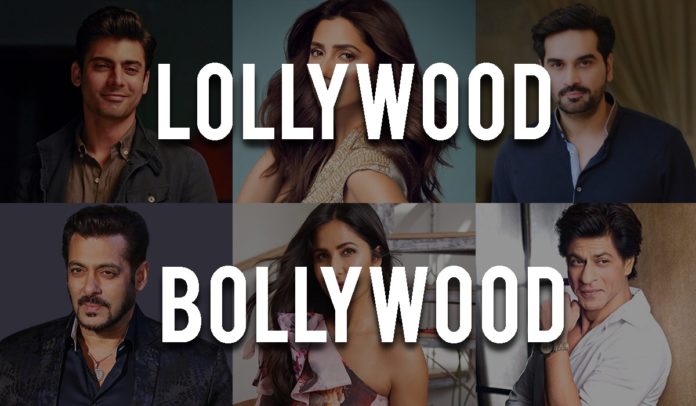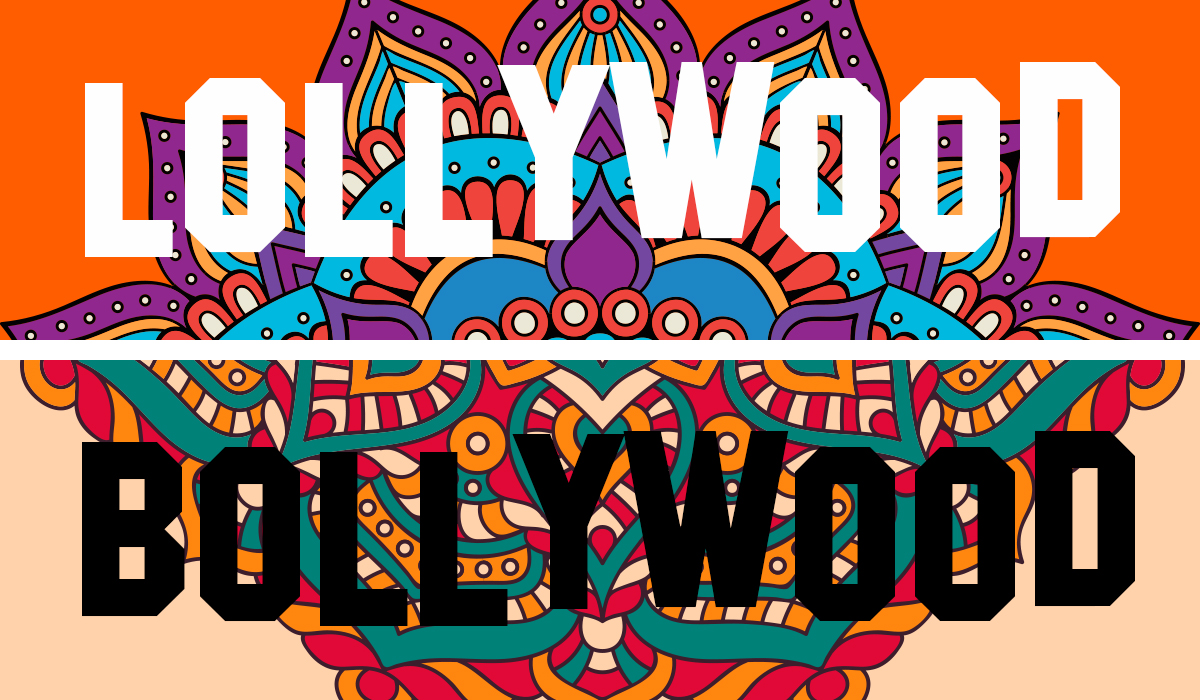Considering how the Bollywood ban in Pakistan has negatively affected the box-office numbers, it is safe to say that the Pakistani cinema industry relies heavily on international content to stay afloat. Moreover, when the multiplex cinemas simultaneously run Hollywood and Bollywood movies alongside Lollywood ones on their screens, the comparisons are bound to happen. Be it the comparisons between the business the movies make or the content of the same, Pakistani movies tend to fall at the bottom of the ladder.
However, does that mean that Pakistani movie industry is really not that competent? Well, not really mainly because the comparisons in itself do not amount to anything. The discussions which compare Bollywood to Lollywood in today’s landscape are more like comparing peanuts to pomegranates i.e. baseless, and it is high time that they stopped.
Of different socio-economic and political situations
For starters, the economic, social, and political situation of the two countries are completely different. India is a country that has cinema as a necessary part of its every citizen’s life. That country proudly calls cricket and cinema as the two most revered things it has. Pakistan, on the other hand, did not even have a proper cinema culture until barely a decade ago. A couple of decades (more or less) under a certain ruler, when cinema was practically dead in the country, very negatively impacted the movie-making industry. And we still haven’t recovered from that completely.
Bollywood, on the other hand, is a far more structured industry than Lollywood. It is unfair to expect the content created in Pakistan to have the same kind of quality as its Indian counterparts. You need the proper raw materials to build a skyscraper. And while Lollywood might not have those, it does not mean it has nothing. The industry does the best it can (for the most part) with what it has and it continues to bring in better things with time.
Of different budgets, audiences and more
Pakistani movie industry functions on very limited budgets. Only a couple of producers are capable of bringing in giant budgets for their movies. For everyone else, the budget is limited and financial issues are a common occurrence. Besides the number of films that come out every year is also way less than what India has. However, the fact that despite these issues the Pakistani film industry keeps trying to up its game by venturing into different genres of movies, both in live-action and animation, is commendable. One cannot really say that Pakistani movies are all of the same kind.
Last year, we had comedy dramas like Cake, animated films like Allahyar while one of the directors even dared to explore the horror genre (albeit unsuccessfully) through Pari. However, our audiences are still in the process of acquainting themselves with varying genres. This, combined with the fact that our population density and screens are far less than that of India also come into play.
Bollywood, on the other hand, churns out hundreds of movie each year. From big budget festival movies to niche indie ones, there is an audience for every kind of movie there. Lollywood only makes a handful of movies and the cinema culture of Pakistan demands that those movies be of universal appeal for the audience to watch them in the cinemas. These factors cannot be disregarded as they are vital in understanding why our industry works the way it does.
Of differently contextualized content
Pakistani movies are often touted as being too Bollywood-ish. However, that is not the case when one looks at the content of the movie. The shared history of the two countries, as well as the few similarities of culture, might make it look like Bollywood and Lollywood movies are interchangeable. But the content of Pakistani movies is always distinctly Pakistani. The sensibilities that we have are relatable to us foremost, wrapped in a narrative that has universal appeal.
When Jawani Phir Nahin Ani opened with a scene that parodies Waar, the audience immediately caught on to the reference and caught the joke as they understood what was going on without needing help to decipher it. Cake took its characters to interior Sindh and put them in a setting that is recognizable and relatable to those who know the area from the first-hand experience. Motorcycle Girl traveled Pakistan while facing issues from the society that is as Pakistani as it can get.
These movies might have the same template as some Bollywood movies but the style, content, and the voice of the movies is purely Lollywood. That is the case with all Pakistani movies and they should be seen as such. Similarly, Bollywood movies depict India and all its aspects in a variety of ways and that’s, once again, one of the reasons the two industries should be treated as two separate zones, and should consequently be treated and criticized as such.
A final word
The revival of Pakistani cinema has happened. What it needs now is to grow big and sustain itself. And that is something that needs patience and dedication. The Pakistani filmmakers are putting in the dedication by not shying away from experimenting and getting better with their every endeavor.
What we need to do is be patient. Criticism of the Pakistani movies should be done by taking Pakistan and its conditions in context. The film industry that we have is unique with its own struggles and strengths. Comparing us to other older and far more established industry is a disservice to all those who are working hard to make sure the film industry doesn’t die out again.





